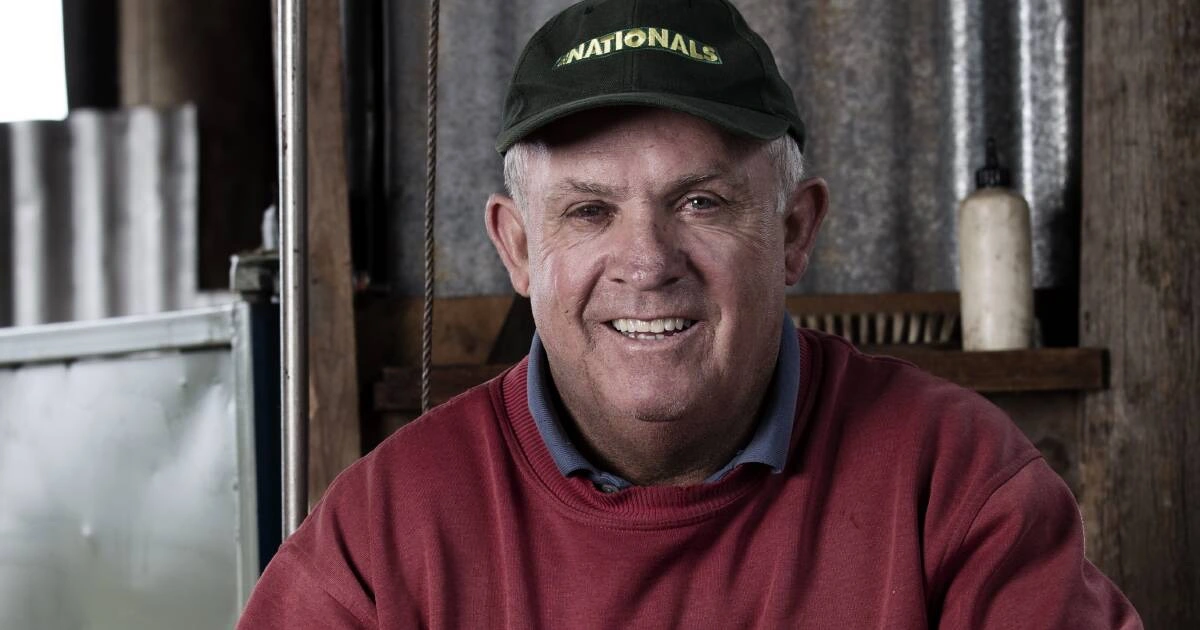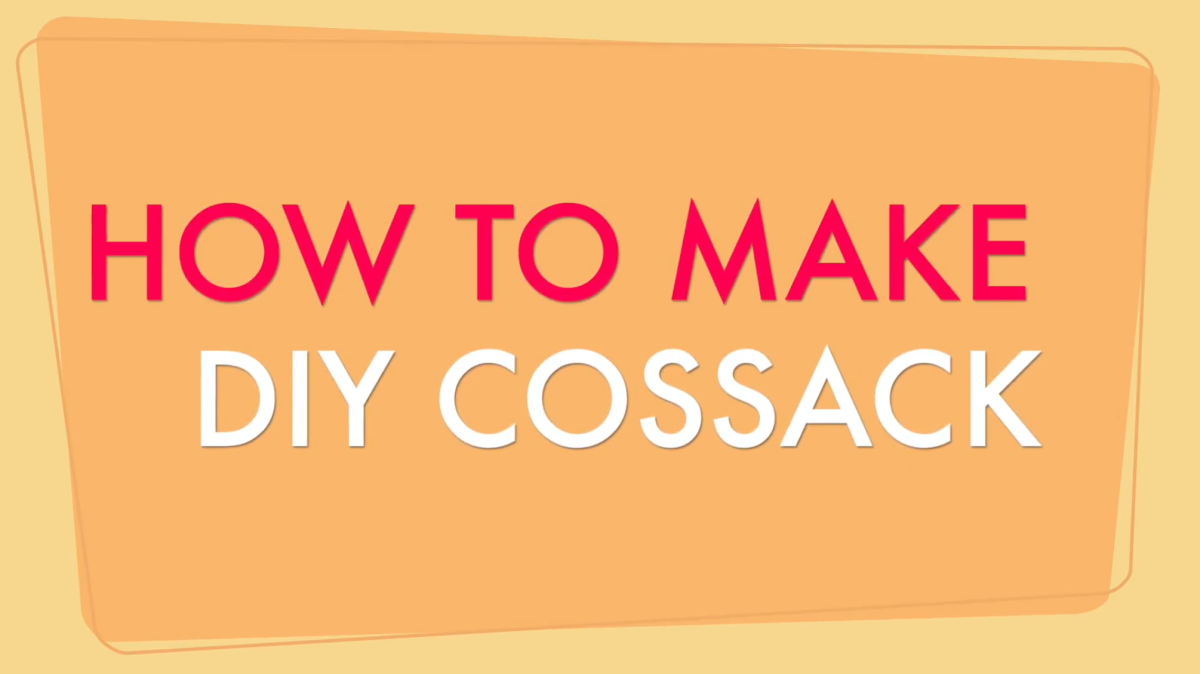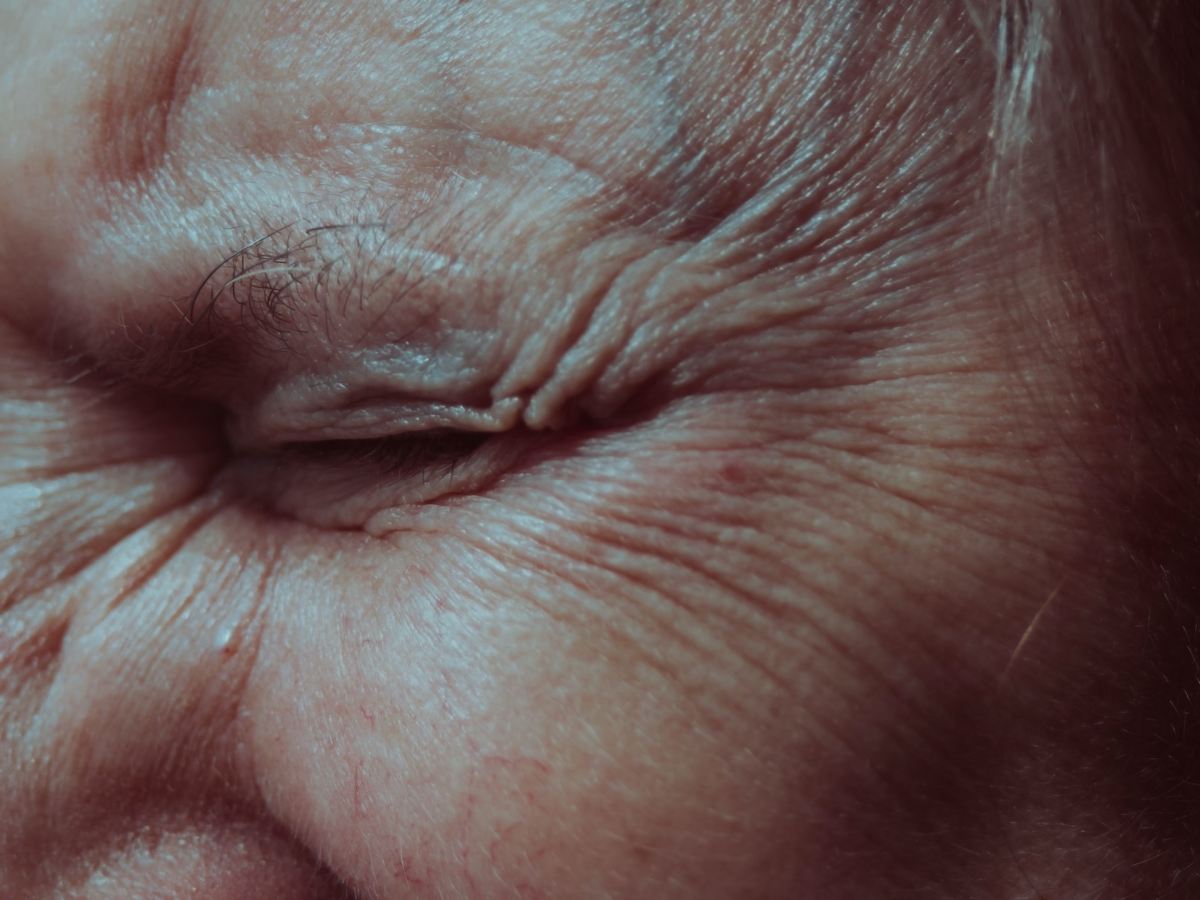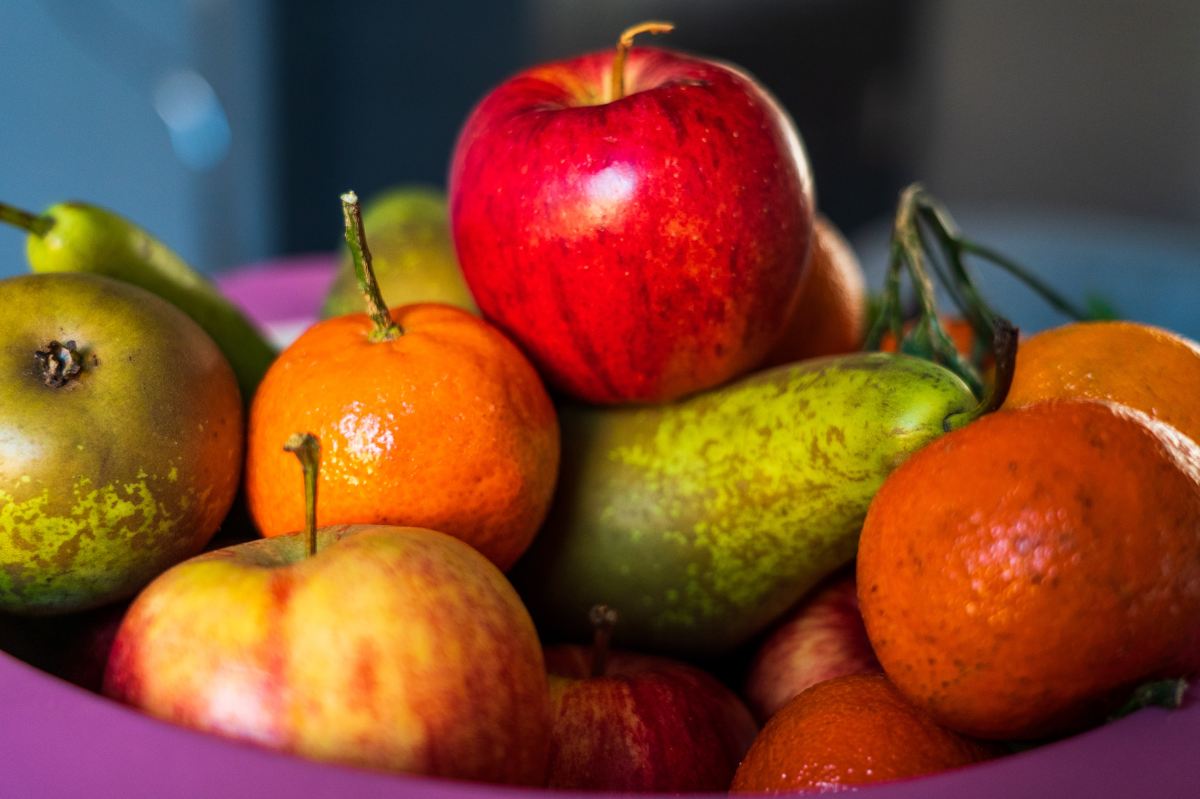When is the best time to use your Duo Coronet or Cossack?
I’ve been lucky enough to read an article that will soon be published in the journal Neural Regenerative Research.
The article is called Does Photobiomodulation require glucose to work effectively?
Good question. Would it make a difference using red and near infrared lights before, with or after a meal?
The article is by Jaimie Hoh Kam and Prof John Mitrofanis. Prof John, one of the leading international researchers into photobiomodulation, has been mentioned a lot in this blog as he has led significant original work on photobiomodulation and especially its relationship to Parkinson’s disease. Here’s a link to blog posts covering his work.
Glucose is the product that the body uses to fuel the activities of all the cells in the body. Glucose comes from our diet – our body breaks down what we eat into its molecular components, a key one being glucose. Glucose is also available from glycogen, which is stored in the body and is able to release of glucose directly into the bloodstream. Our cells need a constant supply of glucose, so the system to maintain it in the bloodstream is pretty complicated.
Glucose enters the cells, and interacts with oxygen, stimulating the mitochondria to produce the perfect cell fuel, ATP.
Glucose + Oxygen + a mitochondrial enzyme make cell fuel.
If a cell has ATP at the ready, it can do whatever it is meant to do with gusto and enthusiasm. If there is little ATP, then the mitochondria – and thus the cell – aren’t at all happy.
When there is a problem with the mitochondria in our cells, they have difficulty taking up and using glucose, so the cell is unable to function as it should. To add to the woes, the miserable mitochondria start churning out chemicals that are harmful, including a range of pro-oxidants like superoxide and hydrogen peroxide. These then lead to other nasty chemical reactions that further damage cells. As this keeps going, the damage to that part of the body spreads and its function deteriorates.
Photobiomodulation, the therapeutic use of red and near infrared light, has been shown to boost the function of the mitochondria and drive the release of more ATP to fuel cell activities. Photobiomodulation also drives glucose from the bloodstream and into cells. This is obviously very useful, especially if you have diabetes.
A fascinating study on drosophila flies shows that photobiomodulation increases metabolism and also survival rate. But in fasting flies – flies with low glucose levels – photobiomodulation has little or no effect.
All this strongly indicates that photobiomodulation is best done when there is food in the stomach and plenty of glucose is pumping around in the bloodstream.
The practical advice from this paper is simple. To achieve the best effect, use your Cossack or Coronet during or straight after a meal.
Use your light device – your Duo Coronet, Cossack, TheraPad – during or just after a meal.
Thanks to Nick Fewings on Unsplash for the fabulous photo of fruit.







